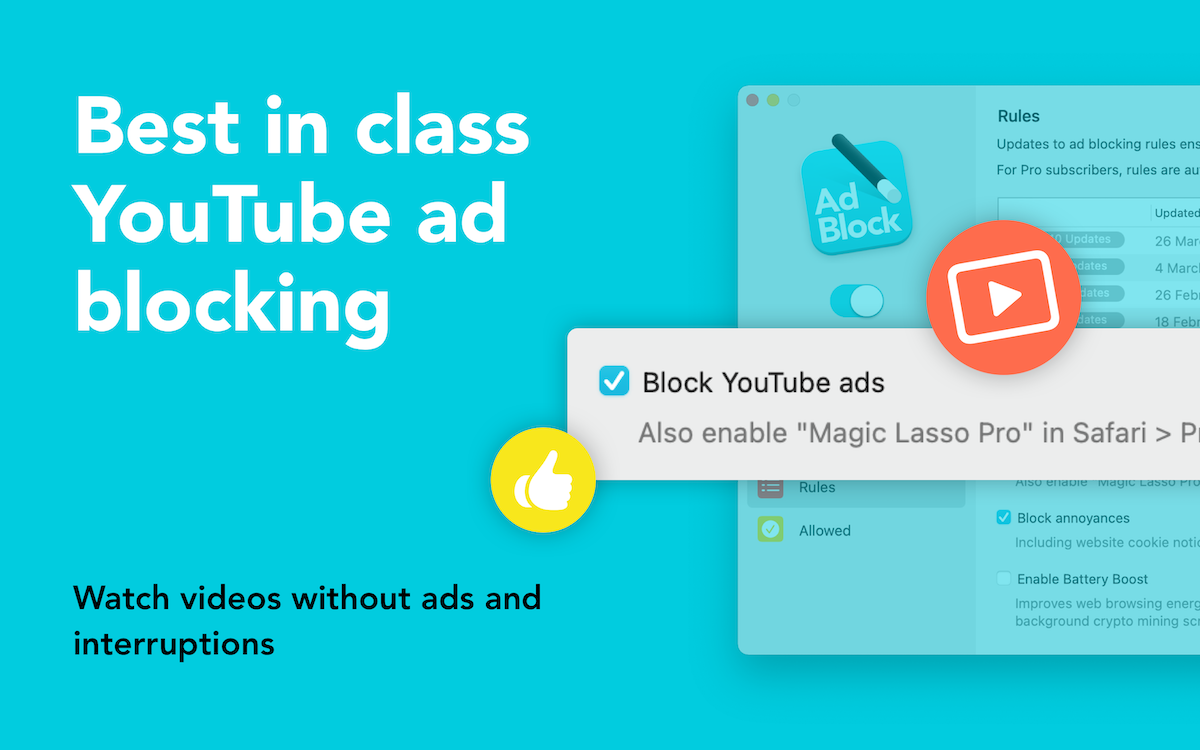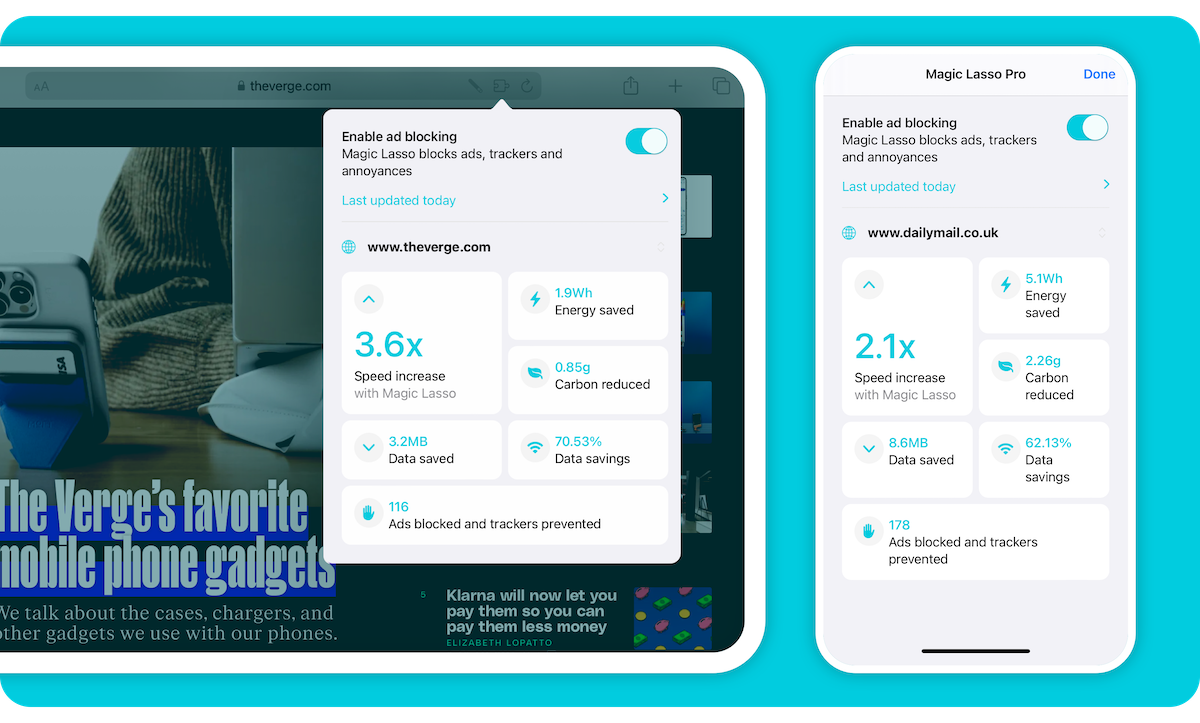During a White House press briefing on March 12, CBS News’ Ed O’Keefe asked press secretary Karine Jean-Pierre if photos of the president or other members of the White House are ever digitally altered. Jean-Pierre laughed and asked, in response, “why would we digitally alter photos? Are you comparing us to what’s going on in the U.K.?” O’Keefe said he was just doing due diligence. Jean-Pierre said, regarding digital photo manipulation, “that is not something that we do here”.
It is unclear to me whether Jean-Pierre was specifically declining the kind of multi-frame stacking apparent in the photo of the Princess of Wales and her children, or digital alterations more broadly. But it got me thinking — there is a strain of good-faith question to be asked here: are public bodies meeting the standards of editorial photography?
Well, first, it depends on which standards one refers to. There are many — the BBC has its own, as does NPR, the New York Times, and the National Press Photographers Association. Oddly, I could not find comparable documentation for the expectations of the official White House photographer. But it is the standards of the Associated Press which are the subject of the Princess of Wales photo debacle, and they are both representative and comprehensive:
Minor adjustments to photos are acceptable. These include cropping, dodging and burning, conversion into grayscale, elimination of dust on camera sensors and scratches on scanned negatives or scanned prints and normal toning and color adjustments. These should be limited to those minimally necessary for clear and accurate reproduction and that restore the authentic nature of the photograph. Changes in density, contrast, color and saturation levels that substantially alter the original scene are not acceptable. Backgrounds should not be digitally blurred or eliminated by burning down or by aggressive toning. The removal of “red eye” from photographs is not permissible.
If I can summarize these rules: changes should minimize the influence of the camera on how the scene was captured, and represent the scene as true to how it would be seen in real life. Oh, and photographers cannot remove red eye. Those are the standards I am expecting from the White House photographer to claim they do not digitally “alter” photos.
Happily, we can find out if those expectations are met even from some JPEG exports. Images edited using Adobe Lightroom carry metadata describing the edits made in surprising detail, and you can view that data using Photoshop or ExifTool. I opened a heavily manipulated photo of my own — the JPEG, not the original RAW file — and found in its metadata a record of colour and light correction, adjustment masks, perspective changes, and data about how much I healed and cloned. It was a lot and for clarification, that photo would not be acceptable by editorial standards.
To find out what was done by the White House, I downloaded the original-sized JPEG copies of many images from the Flickr accounts of the last three U.S. presidents. Then I examined the metadata. Even though O’Keefe’s question pertained specifically to the president, vice president, and other people in the White House, I broadened my search to include any photo. Surely all photos should meet editorial standards. I narrowed my attention to the current administration and the previous one because the Obama administration covered two terms, and that is a lot of pictures to go through.
We will start with an easy one. Remember that picture from the Osama Bin Laden raid? It is obviously manipulated and it says so right there in the description: “a classified document seen in this photograph has been obscured”. I think most people would believe that is a fair alteration.
But the image’s metadata reveals several additional spot exposure adjustments throughout the image. I am guessing some people in the back were probably under-exposed in the original.
This kind of exposure adjustment is acceptable by editorial standards — it is the digital version of dodging and burning. It is also pretty standard across administrations. A more stylized version was used during the Trump administration on pictures like this one to make some areas more indigo, and the Biden administration edited parts of this picture to make the lights bluer.
All administrations have turned some colour pictures greyscale, and have occasionally overdone it. The Trump administration increased the contrast and crushed the black levels in parts of this photo, and I wonder if that would be up to press standards.
There are lots more images across all three accounts which have gradient adjustments, vignettes, and other stylistic changes. These are all digital alterations to photos which are, at most, aesthetic choices that do not meaningfully change the scene or the way the image is interpreted.
But I also found images which had more than those simple adjustments. The Biden administration published a photo of a lone officer in the smoke of a nineteen-gun salute. Its metadata indicates the healing brush tool was used in a few places (line breaks added to fit better inline):
<crs:RetouchInfo>
<rdf:Seq>
<rdf:li>
centerX = 0.059098,
centerY = 0.406924,
radius = 0.011088,
sourceState = sourceSetExplicitly,
sourceX = 0.037496,
sourceY = 0.387074,
spotType = heal
</rdf:li>
<rdf:li>
centerX = 0.432986,
centerY = 0.119173,
radius = 0.010850,
sourceState = sourceAutoComputed,
sourceX = 0.460986,
sourceY = 0.106420,
spotType = heal
</rdf:li>
<rdf:li>
centerX = 0.622956,
centerY = 0.430625,
radius = 0.010763,
sourceState = sourceAutoComputed,
sourceX = 0.652456,
sourceY = 0.430625,
spotType = heal
</rdf:li>
<rdf:li>
centerX = 0.066687,
centerY = 0.104860,
radius = 0.011204,
sourceState = sourceAutoComputed,
sourceX = 0.041687,
sourceY = 0.104860,
spotType = heal
</rdf:li>
</rdf:Seq>
</crs:RetouchInfo>
I am not sure exactly what was removed from the image, but there appears to be enough information here to indicate where the healing brush was used. Unfortunately, I cannot find any documentation about how to read these tags. (My guess is that these are percent coordinates and that 0,0 is the upper-left corner.) If all that was removed is lens or sensor crud, it would probably be acceptable. But if objects were removed, it would not meet editorial standards.
The Trump administration also has photos that have been retouched (line breaks added to fit better inline):
<crs:RetouchInfo>
<rdf:Seq>
<rdf:li>
centerX = 0.451994,
centerY = 0.230277,
radius = 0.009444,
sourceState = sourceSetExplicitly,
sourceX = 0.431994,
sourceY = 0.230277,
spotType = clone
</rdf:li>
<rdf:li>
centerX = 0.471218,
centerY = 0.201147,
radius = 0.009444,
sourceState = sourceSetExplicitly,
sourceX = 0.417885,
sourceY = 0.264397,
spotType = clone
</rdf:li>
<rdf:li>
centerX = 0.912961,
centerY = 0.220015,
radius = 0.009444,
sourceState = sourceSetExplicitly,
sourceX = 0.904794,
sourceY = 0.254265,
spotType = clone
</rdf:li>
<rdf:li>
centerX = 0.097888,
centerY = 0.603009,
radius = 0.009444,
sourceState = sourceSetExplicitly,
sourceX = 0.069790,
sourceY = 0.606021,
spotType = clone
</rdf:li>
<rdf:li>
centerX = 0.044445,
centerY = 0.443587,
radius = 0.009444,
sourceState = sourceAutoComputed,
sourceX = 0.076612,
sourceY = 0.451837,
spotType = clone
</rdf:li>
<rdf:li>
centerX = 0.388536,
centerY = 0.202074,
radius = 0.009444,
sourceState = sourceAutoComputed,
sourceX = 0.274036,
sourceY = 0.201324,
spotType = clone
</rdf:li>
<rdf:li>
centerX = 0.744251,
centerY = 0.062064,
radius = 0.012959,
sourceState = sourceAutoComputed,
sourceX = 0.794084,
sourceY = 0.158064,
spotType = clone
</rdf:li>
<rdf:li>
centerX = 0.715719,
centerY = 0.155432,
radius = 0.012959,
sourceState = sourceSetExplicitly,
sourceX = 0.782736,
sourceY = 0.190757,
spotType = clone
</rdf:li>
<rdf:li>
centerX = 0.667622,
centerY = 0.118204,
radius = 0.012959,
sourceState = sourceAutoComputed,
sourceX = 0.659455,
sourceY = 0.078204,
spotType = clone
</rdf:li>
<rdf:li>
centerX = 0.631788,
centerY = 0.082258,
radius = 0.012959,
sourceState = sourceAutoComputed,
sourceX = 0.643121,
sourceY = 0.120008,
spotType = clone
</rdf:li>
<rdf:li>
centerX = 0.768446,
centerY = 0.089400,
radius = 0.012959,
sourceState = sourceAutoComputed,
sourceX = 0.786446,
sourceY = 0.124150,
spotType = clone
</rdf:li>
<rdf:li>
centerX = 0.805172,
centerY = 0.059118,
radius = 0.012959,
sourceState = sourceAutoComputed,
sourceX = 0.810672,
sourceY = 0.100618,
spotType = clone
</rdf:li>
<rdf:li>
centerX = 0.525624,
centerY = 0.138548,
radius = 0.012959,
sourceState = sourceAutoComputed,
sourceX = 0.482791,
sourceY = 0.162548,
spotType = clone
</rdf:li>
<rdf:li>
centerX = 0.509623,
centerY = 0.182811,
radius = 0.012959,
sourceState = sourceAutoComputed,
sourceX = 0.482790,
sourceY = 0.175061,
spotType = clone
</rdf:li>
<rdf:li>
centerX = 0.417535,
centerY = 0.076733,
radius = 0.012959,
sourceState = sourceAutoComputed,
sourceX = 0.373202,
sourceY = 0.076483,
spotType = clone
</rdf:li>
<rdf:li>
centerX = 0.223111,
centerY = 0.275574,
radius = 0.012959,
sourceState = sourceAutoComputed,
sourceX = 0.256444,
sourceY = 0.275574,
spotType = clone
</rdf:li>
<rdf:li>
centerX = 0.201020,
centerY = 0.239967,
radius = 0.012959,
sourceState = sourceAutoComputed,
sourceX = 0.216353,
sourceY = 0.204467,
spotType = clone
</rdf:li>
<rdf:li>
centerX = 0.097134,
centerY = 0.132270,
radius = 0.010959,
sourceState = sourceAutoComputed,
sourceX = 0.121134,
sourceY = 0.138270,
spotType = clone
</rdf:li>
<rdf:li>
centerX = 0.045526,
centerY = 0.096486,
radius = 0.010959,
sourceState = sourceAutoComputed,
sourceX = 0.020859,
sourceY = 0.137486,
spotType = clone
</rdf:li>
<rdf:li>
centerX = 0.062159,
centerY = 0.113695,
radius = 0.010959,
sourceState = sourceAutoComputed,
sourceX = 0.039326,
sourceY = 0.140945,
spotType = clone
</rdf:li>
<rdf:li>
centerX = 0.058762,
centerY = 0.134971,
radius = 0.010959,
sourceState = sourceAutoComputed,
sourceX = 0.042762,
sourceY = 0.161471,
spotType = clone
</rdf:li>
<rdf:li>
centerX = 0.413132,
centerY = 0.425824,
radius = 0.010959,
sourceState = sourceAutoComputed,
sourceX = 0.439799,
sourceY = 0.425824,
spotType = clone
</rdf:li>
</rdf:Seq>
</crs:RetouchInfo>
Even though there are lots more edits to this photo, it seems plausible they were made to remove lens or sensor dust made more obvious by the heavy use of the dehaze (+14), contrast (+50), and clarity (+2) adjustments.
For what it is worth, this does not seem like a scandal to me — at least, not unless it can be shown edits to White House photos were made to alter what was actually in the frame. But, to review: does the White House digitally alter images? Yes, at least a little. Does the White House conform to accepted editorial standards? I am not sure. Should it? In my view, yes, always — and so should the products of any government photographer. Has the White House done anything remotely close to that Princess of Wales image? Not that I have seen. Should I stop writing this as a series of rhetorical questions? Oh, hell, yes.


